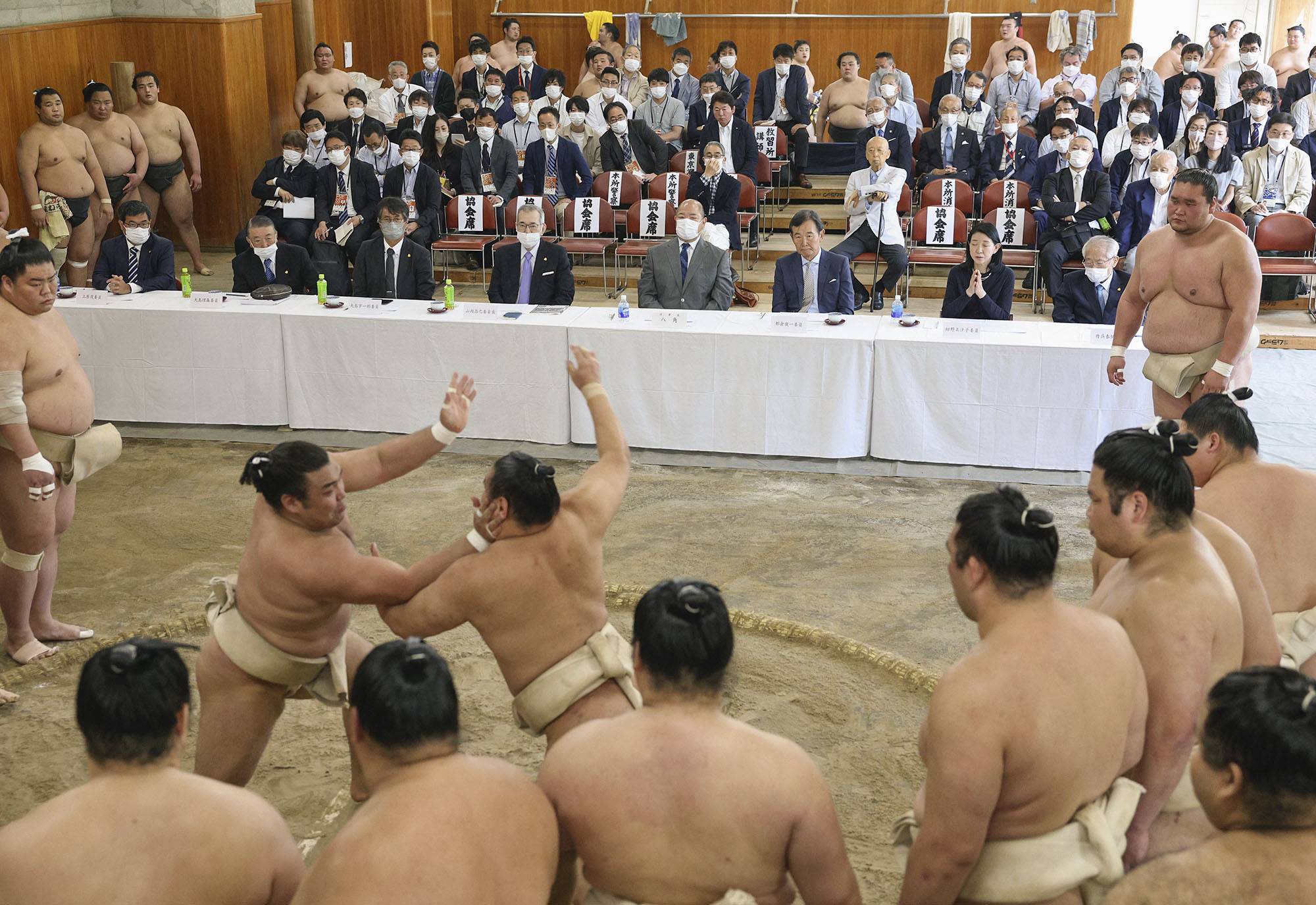On May 4, the first yokozuna deliberation council sōken (open practice) to be held since January 2020 provided a snapshot of the current state of Japan’s national sport, both inside and outside of the ring.
The event, like many others in sumo over the past three years, had fallen victim to the COVID-19 pandemic.
In years past, the Japan Sumo Association has opened the sōken up to the general public and held it in the Kokugikan’s main arena, but its 2023 return saw practice take place at the sumo school, with attendance limited to JSA officials, the YDC board and media members.


















With your current subscription plan you can comment on stories. However, before writing your first comment, please create a display name in the Profile section of your subscriber account page.